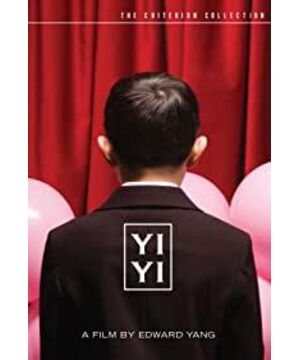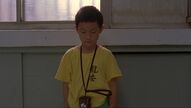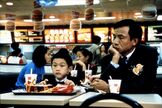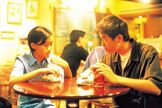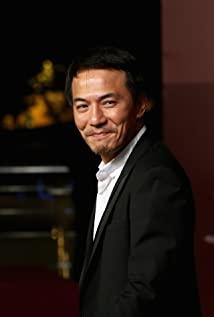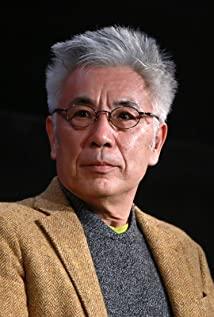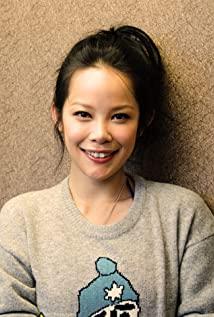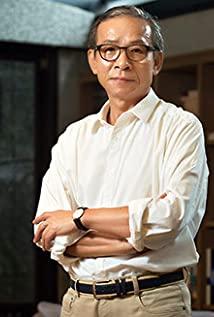Yang Dechang and Hou Hsiao-hsien are two well-known film directors in Taiwan. One similarity between the two is that they like to use fixed shots. In "One One", there are less than twenty moving shots, but in "Kuling". Street Teen Murder" is even less. At this point, Hou Hsiao-hsien seems to be more extreme than Yang Dechang, and the use of motion lenses in "Childhood Memories" and "Sad City" is even rarer. I have to mention Japanese film masters Yasujiro Ozu, Ozu The same is accustomed to using fixed shots, but the mise-en-scene of the fixed shots is not a drunkard's intention, Ozu will not be stingy with the use of editing, and Ozu's rebellion against the 180-degree axis theorem can be seen in the editing. Or some extreme directors appear from time to time in films where fixed shots take up a lot of space, such as Raf Daz's long shots, medium shots, fixed camera positions, and long shots to restore time with absolute stillness, or Roy Anderson's panoramas. The long lens highlights the sense of vertical fall under the long depth of field, and the narration with the deep three-dimensional picture is really amazing. Compared with these extremes or Ozu, Yang Dechang and Hou Hsiao-hsien seem to be in a compromise position. The frequency of editing is also somewhat restrained. When it comes to the dialogue scenes between the characters, Yang Dechang and Hou Hsiao-hsien are also different. There are several dialogue scenes in "One One" that impressed me more deeply. One is the scene of Tingting in the neighbor's house. The panning of the camera takes the appearance of the character (neighbor's mother), but what I have to say is the next The starting frame of the second shot is almost the same as that of the first shot, only a little tighter than the previous shot; in the scene where NJ and the Japanese are eating for the first time, even The starting frame of the two shots is exactly the same; in the scene where the male protagonist and the neighbor girl are in the coffee shop, the director deliberately arranges the main characters to face the camera, and the standard action of the characters replaces the camera editing. In the latter's works, it is not the same. In the panning of the fixed lens, Yang Dechang's panning is mainly based on substituting characters, while in the latter's works, the panning is no longer such a role, more The purpose is to splicing with the previous shot with a looser scene, and the tightness between the two scenes is too inconsistent to highlight a sense of conflict. Such a sense of conflict often appears in Hou Hsiao-hsien's works.
Fixed camera long shot, this term is often associated with Tarkovsky's concept of sculpting time in my humble opinion. Although Tarkovsky's works do not have too many fixed shots, it is undeniable. , since the Lumiere brothers invented the film "factory gate" and other works, the film is sculpting time, and today, in the works of Cai Mingliang and Lavdaz, they more or less want to Sculpting time. However, the concept of carving time seems pale and powerless in Yang Dechang's works. On the one hand, Yang Dechang wants to carve time, and the long shots of each fixed camera can clearly see that the director wants to restore time, but on the other hand, Yang Dechang is destroying the restoration of time again, and a large number of scenes that are too short are inconsistent with the overall storyline and rhythm. Even in "One One", NJ and his colleagues in the unit have dinner and the subsequent dialogue in the car is Connected, the smoothness of the sound promotes the smoothness of the cuts between the pictures, but this will undoubtedly damage the existence of time. But I still have to admire Yang Dechang's voice, the consistency of the painting and the story, the repeated panning shots, the repeated quarrels, the repeated crying, just as the character of the juvenile murderer said when he was in the coffee shop in the film A long paragraph to illustrate that film is life.
Regarding Hou Hsiao-hsien's works, what I have seen is extremely negative. As for what I haven't seen, I don't want to see it. Some people say that I have no qualifications to deny Hou Hsiao-hsien's works. After watching Xiaojie over and over again, can't I deny Xiaojie? Hou Hsiao-hsien from "Childhood Memories", "Sorrowful City" to "Assassin Nie Yinniang", always the same fixed-camera long shot, trying to widen the fixed-camera long shot through pan, tilt and telephoto in the fixed-camera long shot The flexibility to avoid visual fatigue, however, the operation of the camera and the story cannot be combined well, and even this is not as good as Hong Shangxiu, Hong Shangxiu can at least deal with the fixed camera long lens similar to Hou Hsiao-hsien It only tells the story of men and women, and the faster operation has such a sense of joy. The camera and the story fit together, but when we look at Hou Hsiao-hsien’s work, what we feel is that the operation of the camera is disorganized, and the relationship between the story and the story is estranged and blurred. It is not clear, and I even want to add more poetry to the telephoto and the big vision, and because of the repeated use of shots, the style of the whole film is blurred.
The role of sound in the film is very large, but if you carefully understand that there is no director who is accustomed to using fixed shots, you will find that there are very few or possibly no works in such works. In synchronization with each other, most of the directors, especially the extreme directors who mainly focus on fixed camera and long shots, do not use soundtracks. Most of Hou Hsiao-hsien's works have the opposite of the music and the picture, while Yang Dechang has a few music that is in sync with the picture. He also likes the separation of sound and picture very much. The use of sound and picture separation is more subtle in "One One". The discussion of adult topics and the collision of children, the anxious discussion of the unit when faced with difficulties and the leisurely collision of the man holding the pot, the use of the separation of sound and picture is sometimes full of irony, and sometimes has a graceful artistic conception.
View more about Yi Yi: A One and a Two... reviews


